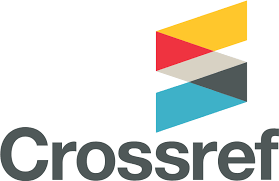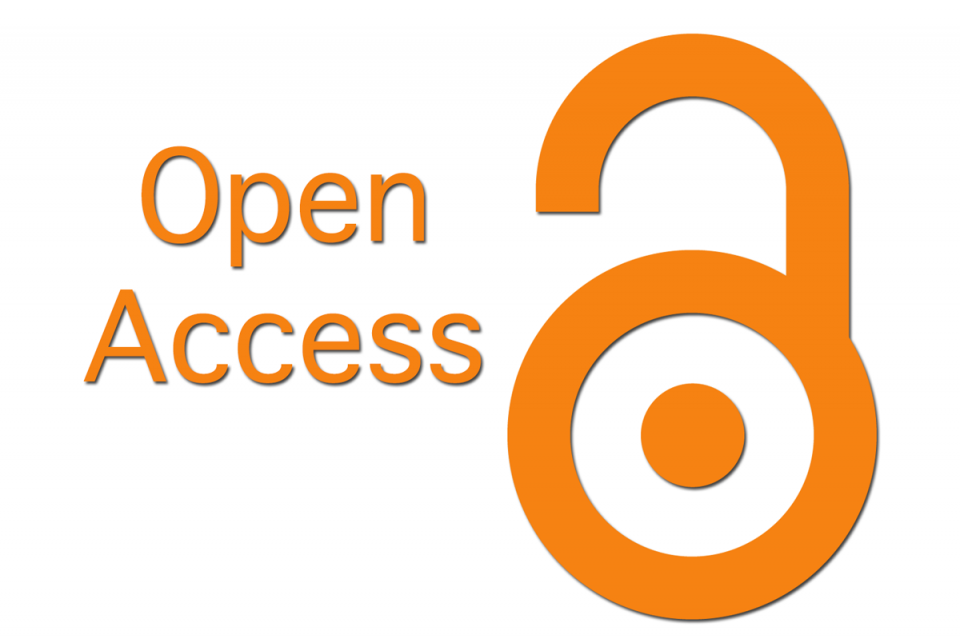Manipulative Communication Style as a Way to Commit Phone Fraud
УДК 343.721, ББК 67.408.121.2
Abstract
The article considers manipulative communication style as one of the ways to commit phone fraud. The methods of manipulation are analyzed. The psychological prerequisites of the victim behavior are revealed. Some manipulative scams are considered, which are used by criminals who commit such crimes. The article examines the language clichés used by criminals. These and other require the development of new techniques aimed at devising new ways of prevention.
Downloads
Metrics
References
Лавриненко В. Н. Психология и этика делового общения. М., 2007.
Кибанов А. Я., Захаров Д. К., Коновалова В. Г. Этика деловых отношений. М., 2003.
Гавло В. К., Клочко В. Е., Ким Д. В. Судебно-следственные ситуации: психолого-криминалистические аспекты : монография. Барнаул, 2006.
Сагалакова О. А. Социальная фобия: психосемантический анализ устойчивых алгоритмов реагирования на социальные ситуации / Сибирский психологический журнал. - 2004. - №19. - С. 62-70.
Кирюшина Л. Ю. Юридическая психология. Барнаул, 2011.
Дубинина Т. В. Экология взаимодействия в практической психологии / Сибирский психологический журнал. - 2004. - №19. - С.125-131.
Еникеев М. И. Общая, социальная и юридическая психология. СПб., 2003.
Кирюшина Л. Ю. Деловое общение. Барнаул, 2011.
Гураль С. К. Язык как процесс и как саморазвивающаяся система / Вестник Томского государственного университета. – 2007. - №298. - С. 32-36.
Блум Ф., Лейзерсон А., Хофстедтер Л. Мозг, разум и поведение: Пер. с англ. М., 1988.
Copyright (c) 2025 Любовь Кирюшина

This work is licensed under a Creative Commons Attribution 4.0 International License.
The authors, which are published in this journal, agree to the following conditions:
1. Authors retain the copyright to the work and transfer to the journal the right of the first publication along with the work, at the same time licensing it under the terms of the Creative Commons Attribution License, which allows others to distribute this work with the obligatory indication of the authorship of this work and a link to the original publication in this journal .
2. The authors retain the right to enter into separate, additional contractual agreements for the non-exclusive distribution of the version of the work published by this journal (for example, to place it in the university depository or to publish it in a book), with reference to the original publication in this journal.
3. Authors are allowed to post their work on the Internet (for example, in a university repository or on their personal website) before and during the review process of this journal, as this may lead to a productive discussion, as well as more links to this published work (See The Effect of Open Access).










